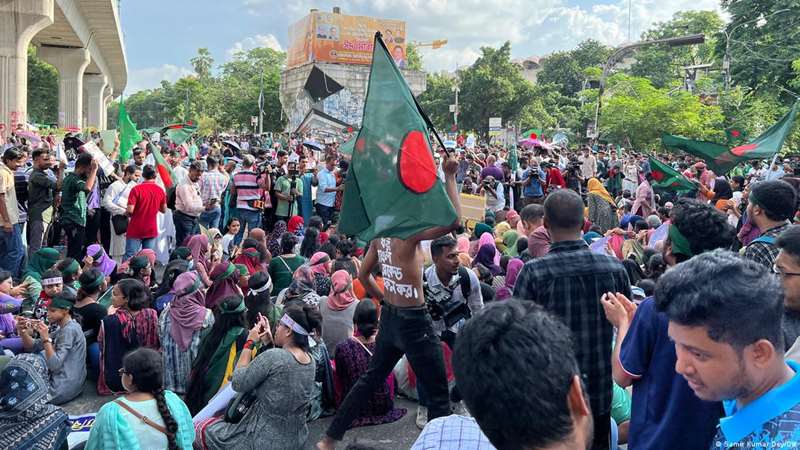Rising Temperatures in Dhaka – A Looming Crisis

Dhaka, the bustling capital of Bangladesh
Dhaka, the bustling capital of Bangladesh, is facing an unprecedented climate crisis. April 2024 was the driest month in 43 years, with the highest average temperature of 36.2 degrees Celsius, three degrees above normal, marking the hottest April in 76 years. This alarming trend highlights the severe impact of climate change on urban areas, exacerbated by unplanned urbanization, industrialization, and a shrinking green cover.
The Heatwave Phenomenon
From March 31 to May 4, 2024, Bangladesh experienced a relentless heatwave, the longest since 1948. Dhaka’s maximum temperature soared to 40.5 degrees Celsius on April 29, causing widespread distress among its residents. The intense heat, combined with a fire that spread across the country, severely impacted the city's livability.
Urban Heat Island Effect
A study by the Water and Flood Management Unit of the Bangladesh University of Engineering and Technology (BUET) reveals that Dhaka’s temperature has increased by 6 degrees Celsius in the last decade due to the urban heat island effect. This phenomenon occurs when urban areas become significantly warmer than their rural surroundings due to human activities, dense infrastructure, and a high concentration of heat-absorbing materials.
Environmental and Health Implications
According to Professor Dr. Ahmad Kamruzzaman Majumder of the Bangladesh Environment Movement (BAPA) and Atmospheric Pollution Study Center (CAPS), Dhaka’s temperature has risen by 1.5 degrees Celsius in the past two decades, with an even steeper increase of 3 to 4 degrees in recent times. The lack of vegetation, rampant use of air conditioners, and high population density are major contributors to this rise. The escalating temperatures pose serious threats to public health, leading to heat-related illnesses and exacerbating respiratory problems due to increased air pollution.
Future Projections and Global Ranking
A report by the Economist, titled "Resilient Cities Index: A Global Benchmark of Urban Risk, Response, and Recovery," predicts that by 2030, Dhaka will be the sixth most heat-affected city globally, following Dubai, Cairo, New Delhi, Bangkok, and Jakarta. This projection underscores the urgent need for effective climate adaptation strategies.
Infrastructure and Policy Response
Dhaka North City Corporation’s Chief Executive Officer, Mir Khairul Alam, emphasizes the importance of long-term initiatives to combat the heat crisis. Efforts include reclaiming derelict canals to improve the urban environment, planting necessary trees, and implementing policies aimed at reducing the city’s carbon footprint. Additionally, Professor Kamruzzaman Majumder advocates for extensive tree planting and reducing reliance on air conditioning to mitigate rising temperatures.
Conclusion
The escalating heat in Dhaka is a pressing issue that demands immediate action. As climate change continues to impact urban areas worldwide, it is crucial for city planners, policymakers, and residents to collaborate on sustainable solutions. Enhancing green spaces, promoting energy-efficient practices, and improving urban planning are vital steps to ensure a livable future for Dhaka’s inhabitants.
Recommendations
Urban Greening: Increase green cover by planting trees in vacant spaces and along streets.
Sustainable Architecture: Encourage the use of energy-efficient building materials and designs to reduce heat absorption.
Public Awareness: Launch campaigns to raise awareness about the impact of air conditioning and promote eco-friendly alternatives.
Policy Reforms: Implement and enforce policies aimed at reducing industrial emissions and preserving natural habitats.
Research and Monitoring: Continuously monitor temperature trends and conduct research to develop innovative solutions for heat mitigation.
By addressing these challenges proactively, Dhaka can build resilience against future heatwaves and ensure a healthier, more sustainable urban environment for its residents.









.jpg)
পাঠকের মন্তব্য